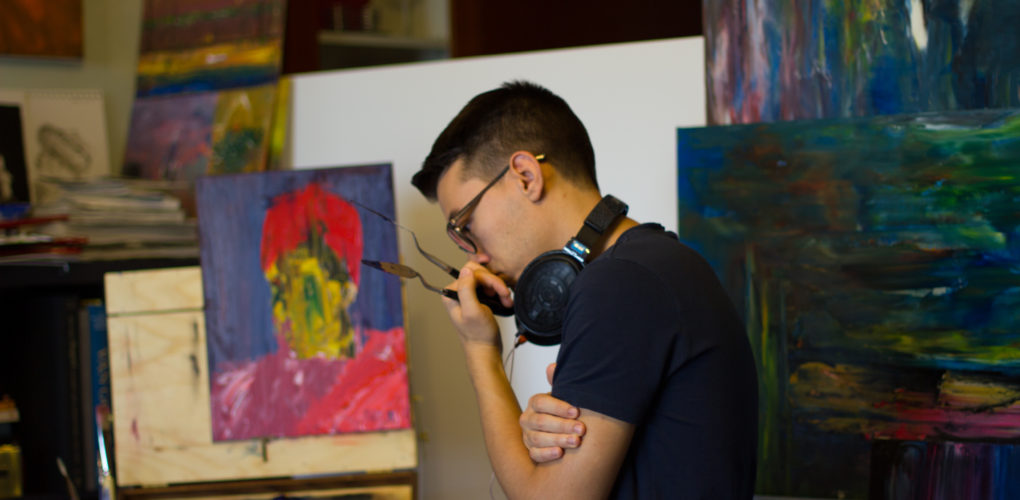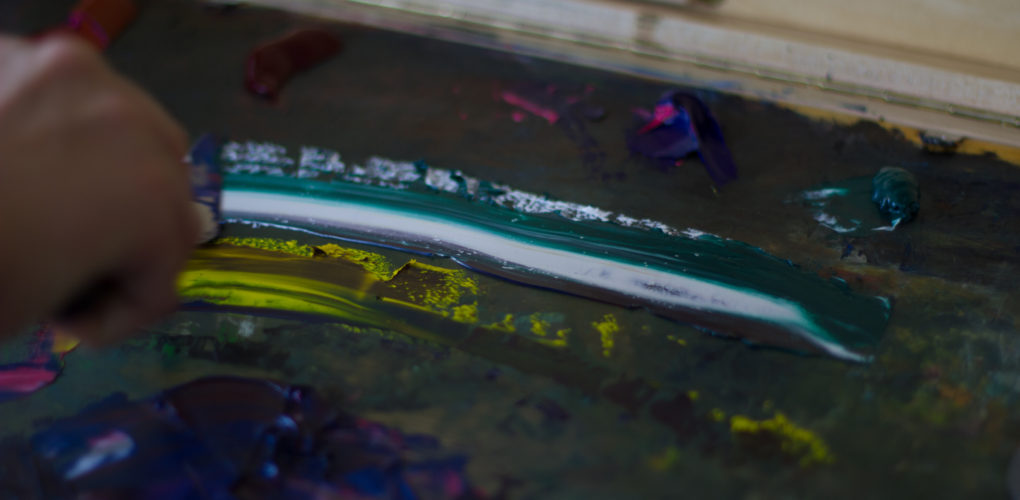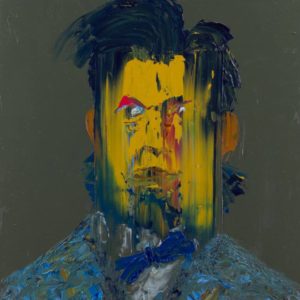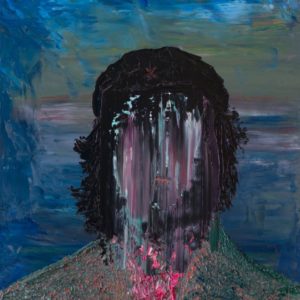One to Watch
 Alex Ragalie reimagines traditional forms of portraiture
Alex Ragalie reimagines traditional forms of portraiture
Romanian artist Alex Ragalie reinterprets works from the past, taking into account how today’s society has changed. His vibrant and brutally expressive portraits are a chaotic interpretation of famous artworks, fueled by his inner feelings, our fast-paced lives, and the destruction humankind has inflicted on society and our planet. He pulls inspiration from Classicism and the Old Masters, Romanian wall tapestries and glass figures, Impressionism, and Pop art.
His most recent Portraits series is a contemporary exploration of those by the Old Masters, a practice that required time and extreme attention to detail. Alex is interested in the juxtaposition between these works and our current lives, characterized by small attention spans and a lack of mindfulness. He works with thick oil paint and painting knives, embedding the chaos of our lives in these visceral portraits.
What are the major themes you pursue in your work?
I work hard to try and convey in my paintings a glimpse of inner experiences, feelings, and thought processes, and I always look at my work as a sort of “message in a bottle” across time and space. Thus I strive to ensure that whatever I paint encapsulates something of myself in it, even if it sometimes means I have to make sacrifices on the representational side. Having said that, I also have a deep and complicated love-hate relationship with society and the human race, which has been an overarching theme in my works for the past years; this internal struggle is impacting both how I choose my subject matter as well as the stories I try to tell in my paintings.
Recently I have been working on a “Metamorphoses” series, which is my personal reinterpretation for some of the most famous European works of art from the past, all in light of the destruction and havoc humanity is wreaking on our small blue planet. The series is made up of Landscapes, which are larger works with a more abstract feel and a broader message, and Portraits which are a commentary on our current “societal ADHD.”
Delving a bit deeper into the Portraits part of the series, this is a body of work where I’ve tried to transform the minutely painted Old Masters likenesses of 15th and 16th centuries Europe, with their detailed techniques focused on flattering the rich and powerful sitters who expected to be immortalized in their full youth and beauty for the rest of posterity, into a contemporary interpretation aimed at the infinitesimally small attention span and total lack of mindfulness which is characterizing the Internet society of today. I feel that we don’t see “faces” or people anymore, we don’t stop to really look and listen to each other, but instead “gloss over” everything and everyone in a mad dash towards more, faster, better.
What was the best advice given to you as an artist?
One of the teachers I most respected during my younger years once told me “It’s never too late to start.” I took those words to heart in both painting and life, and to this day I’m constantly reminded of their value.
Prefer to work with music or in silence?
In an alternative universe I would have surely been a musician, and as such I always have my headphones on! For me, music is a very powerful mood re-setter as well as feeling augmenter, and I’ve always felt that listening to music while painting creates a synergy that keeps my mind focused and my energy levels high. My preferences lean towards electronic music but I’m also an avid listener of classical compositions, especially pieces for violin and piano.
If you could only have one piece of art in your life, what would it be?
It would definitely be Francis Bacon’s Study after Velásquez’s Portrait of Pope Innocent X, completed in 1953 and currently at the Des Moines Art Center in Iowa. That painting has everything I could hope for in a piece of art: it pays homage to the past giants on whose shoulders we’re all standing, it exudes a deep and thoughtful universal message, and it has such mastery of craftsmanship that it is able to provide an instant “feeling-generation” in the viewer.
Who are your favorite writers?
Plato for giving me Socrates, Ayn Rand for her monumental exposition on the role played in society by the “value creators,” and last but never least the fantastically erudite Nassim Taleb for structuring my thinking around the impact of randomness in our lives.





















